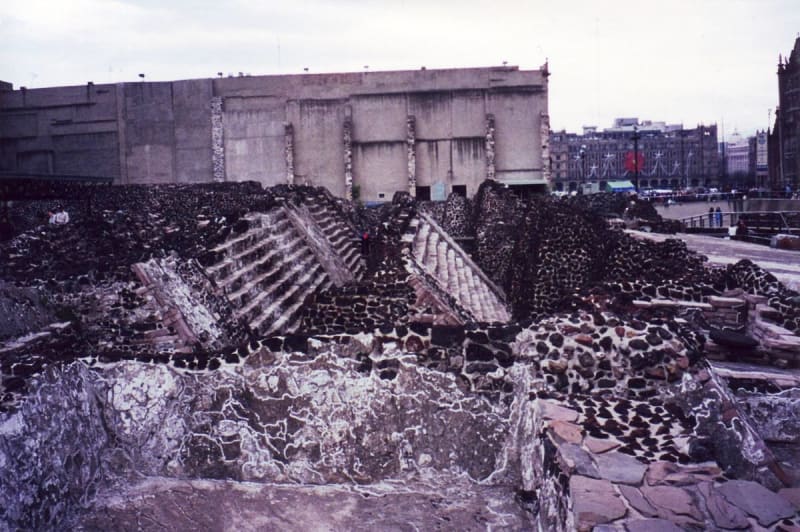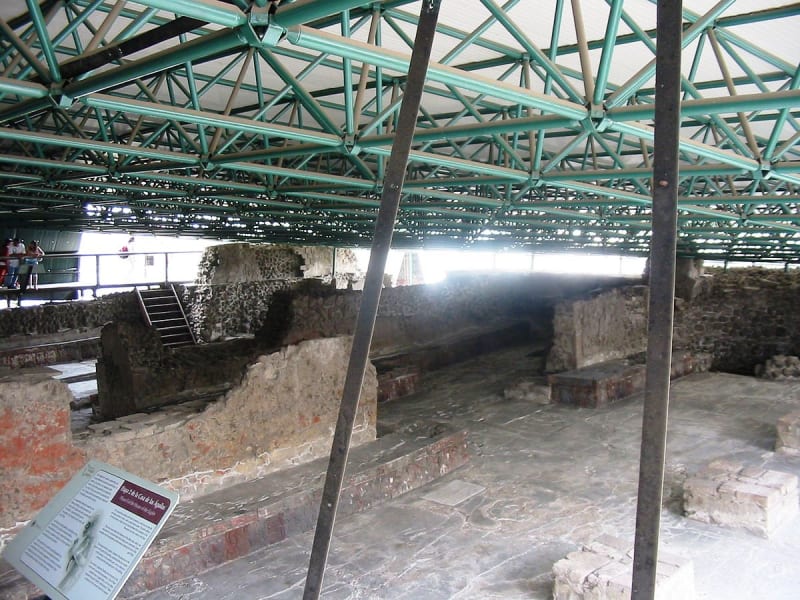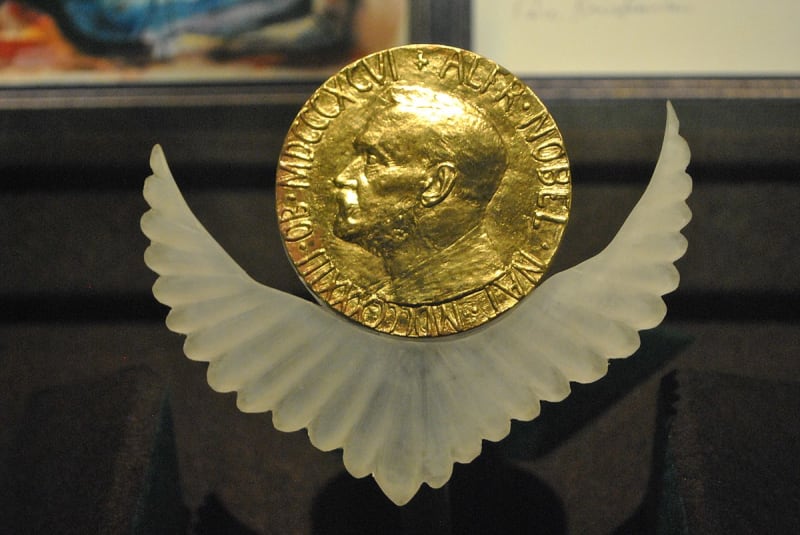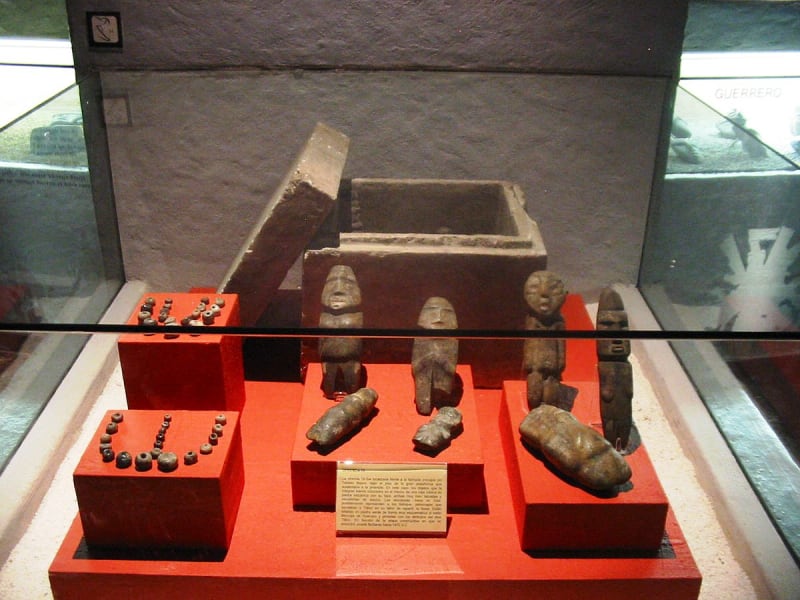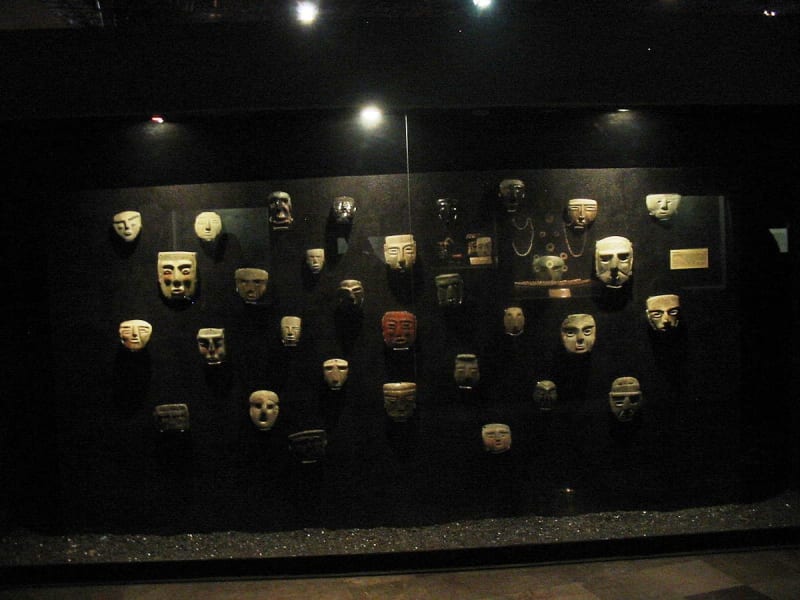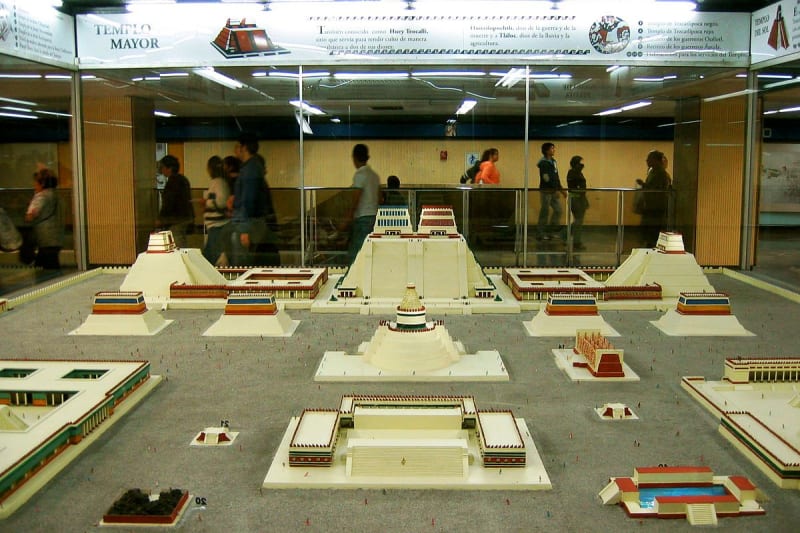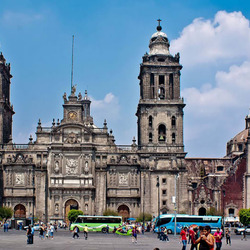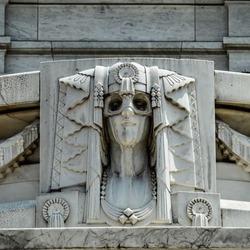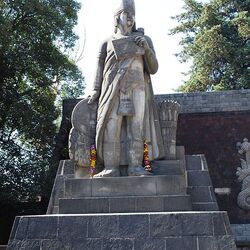Templo Mayor
Templo Mayor in Mexico City is called the pyramid of Huitzilopochtli, it stands out from the rest of the attractions of the capital of Mexico. There is a long-term fusion of cultures, languages and traditions in this city. Mexico City used to be called Huitzilopochtli, it has become a large center of history and archeology, where a large number of museums, historical structures and other iconic cultural buildings are located.
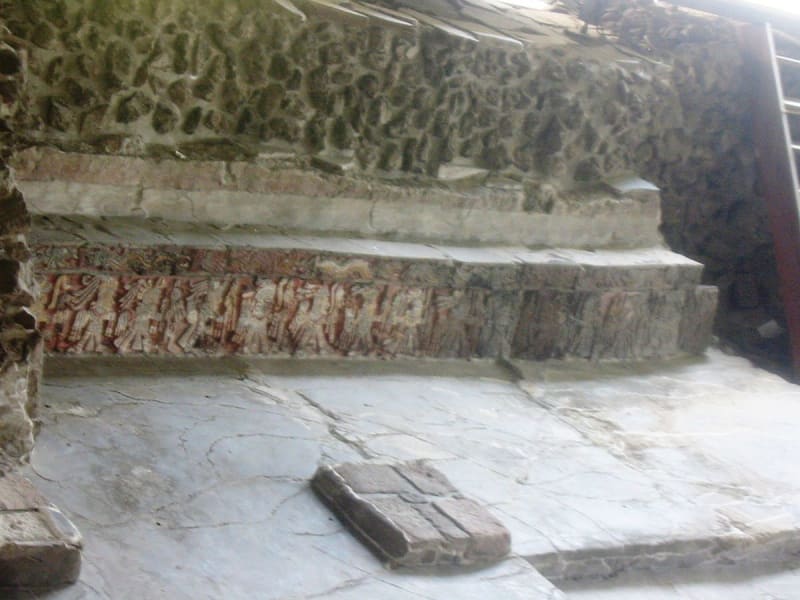
The History of Templo Major
Nowadays, the complex represents the ruins of a large pyramid during the reign of the Aztecs. According to scientists, Templo Mayor towered 70 meters above the city. The area around the pyramid is divided into ritual zones, where sacrifices and other important events from the life of the Aztecs took place. The temple was built in the early 14th century. Immediately, this place became the center of the religious life of the local people, who worshipped the Gods of the sun, rain and fertility. Around the structure there were a huge number of different houses, as well as utility rooms, mostly all of them served as "additional areas" for sacrifice.
Features of Templo Major
In the 16th century, the main part of the Templo Mayor complex, like many other Aztec and Mayan buildings, was permanently destroyed by the Spanish conquerors, who began the process of conquering all of Mexico and subjugating it to the European power of Spain.
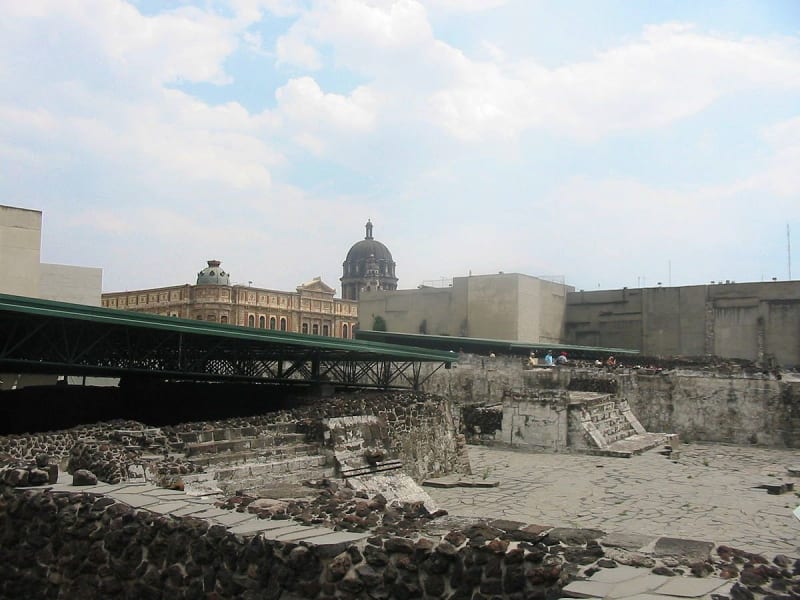
To analyze and search for the necessary evidence and objects of the local population, numerous excavations were carried out on the territory of Templo Mayor, which ended in 1982. After all the research work was completed, the ruins and the museum were opened to the general public. At the moment, Templo Mayor is a real "treasure" of Mexico City, the museum and ruins are visited annually by millions of enthusiastic tourists who want to get to know the amazing world of the Aztecs, with their way of life, culture, customs and traditions that could be preserved in objects and ruins.
